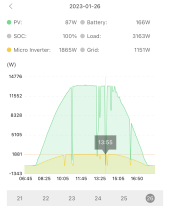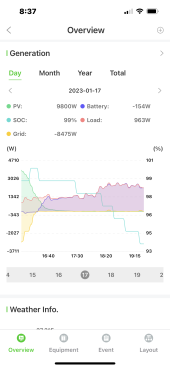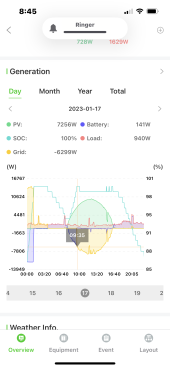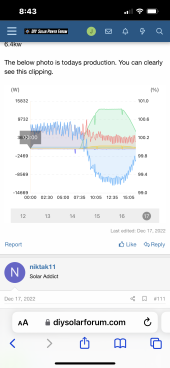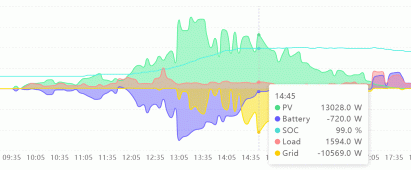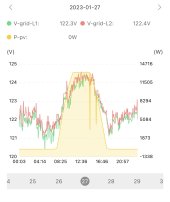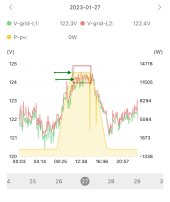themizz
tinkering
With all due respect to everyone who wants to rehash this argument over and over between Deye and Sol-Ark and who developed what.
I think we should take it from the horses mouth here: https://diysolarforum.com/threads/sunsynk-max-16-kw.35458/post-498891 As @Keith Gough states:
"Not quite correct, the inverter was developed with 3 companies Solar Ark, Sunsynk and Deye
That’s why we have three completely different operating systems"
Anybody can interpret that as they will, but my interpretation would be that the base level firmware is developed by the manufacturer (Deye) and Sol-Ark, Deye and Sunsynk add UI and feature enhancements as they wish. The base feature set and capabilities are pretty much identical on each unit from what I can tell.
In terms of the pricing argument, the fair comparison would be Sunsynk vs Solark as they both have English language support, engineering and warranty.
Here is a 16KW Sunsynk for example: https://www.solarwaysuppliers.co.za/product/sunsynk-16kw-single-phase-inverter/ ...comes out to around $4,000 US.
I think we should take it from the horses mouth here: https://diysolarforum.com/threads/sunsynk-max-16-kw.35458/post-498891 As @Keith Gough states:
"Not quite correct, the inverter was developed with 3 companies Solar Ark, Sunsynk and Deye
That’s why we have three completely different operating systems"
Anybody can interpret that as they will, but my interpretation would be that the base level firmware is developed by the manufacturer (Deye) and Sol-Ark, Deye and Sunsynk add UI and feature enhancements as they wish. The base feature set and capabilities are pretty much identical on each unit from what I can tell.
In terms of the pricing argument, the fair comparison would be Sunsynk vs Solark as they both have English language support, engineering and warranty.
Here is a 16KW Sunsynk for example: https://www.solarwaysuppliers.co.za/product/sunsynk-16kw-single-phase-inverter/ ...comes out to around $4,000 US.




